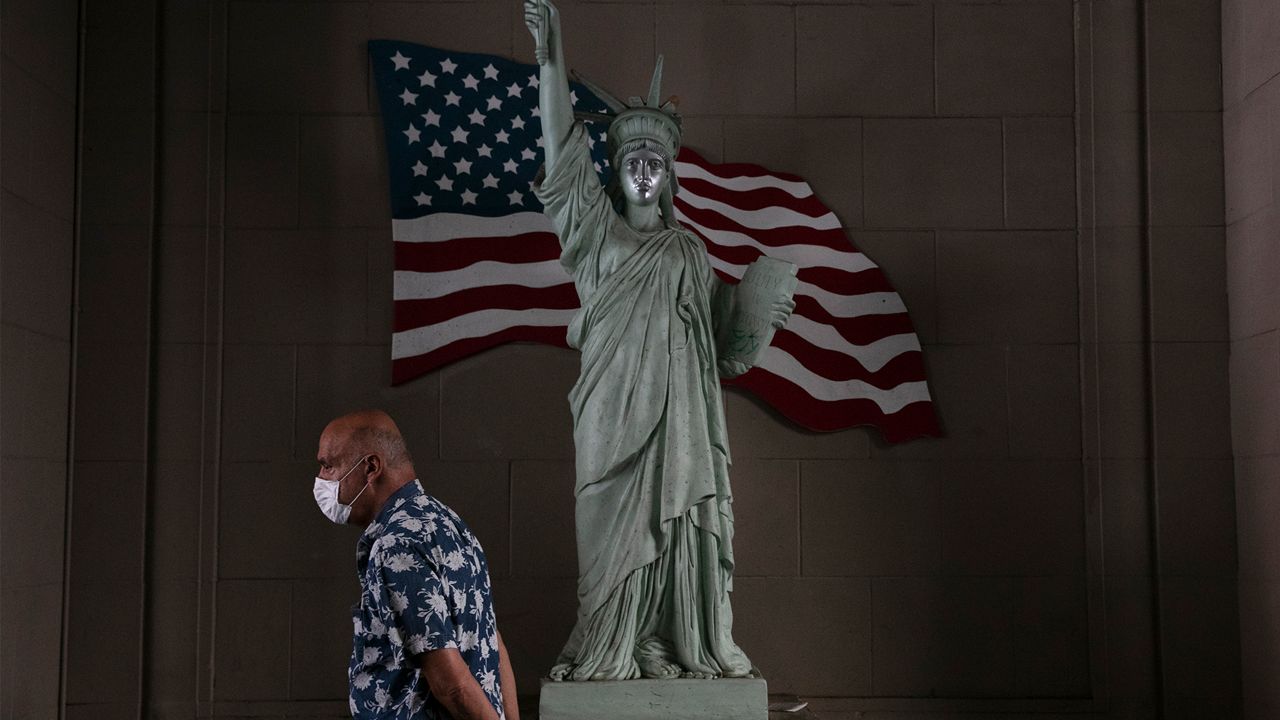Mental health professionals and organizations are discussing the importance of breaking down stigma and providing culturally competent care. Understanding the unique and shared experiences of each generation of Black, indigenous and people of color can make the world more equitable.
“A key step we can take towards filling this gap is to center the voice of youth,” said Tiara Springer-Love, LMSW director of Youth Power of Families Together in New York State. “Nothing should be happening about young people without them being present, having a seat at the table, and being considered human.”
Springer-Love delivered the keynote speech at the Mental Health in Communities of Color symposium hosted by UAlbany. The event was a forum for education and collaboration exploring strategies to address trauma and mental health within communities of color.
Speakers included mental health professionals, parents, youth, faculty members, researchers, community leaders and other stakeholders. They discussed issues such as stigma, cultural perspective, provider bias, violence, suicide, access to care, and mental health support in schools.
"It's a cultural thing where a lot of things aren't talked about," said Natasha Edwards, a student at UAlbany. "You're supposed to be strong, but you're not. You don't need to talk, keep it to yourself, and bottle it up. And I think that's a big thing we have to move past in mental health, within certain ethnic communities."
The event comes after an article published by the Satcher Health Leadership Institute and Morehouse School of Medicine. Based on the study, nearly 117,000 lives and approximately $278 billion could have been saved over a four-year period (2016-20) due to mental health inequities in the United States. As a result, nearly 6 million Americans are underrepresented in national mental health reporting estimates.
Natasha Edwards, a sophomore at UAlbany and an advocate for mental health, attended the event. She attended to gain insight and speak about youth mental health in the black and brown community.
“It's centering youth in the middle of that conversation and making sure youth are always involved so that they're actually getting the accurate representation they need,” Edwards said.
As part of a panel discussion, Paige Elementary principal Dr. Patrick Jean Pierre stressed the importance of addressing issues affecting Black youth in the classroom.
“In my role as a school principal, it is imperative to help students with their mental health,” Jean Pierre said. “My students don't want to come to school. They don't feel valued. When they have healthy mental health, they can engage effectively at school.”
The symposium was organized by several organizations, support groups and advocacy groups to help meet the needs of the Black and brown community in the future.
"Systems are made up of people, and we need to hold ourselves and one another accountable to make sure these strategies are put into place and people are responding,” Springer-Love said.







